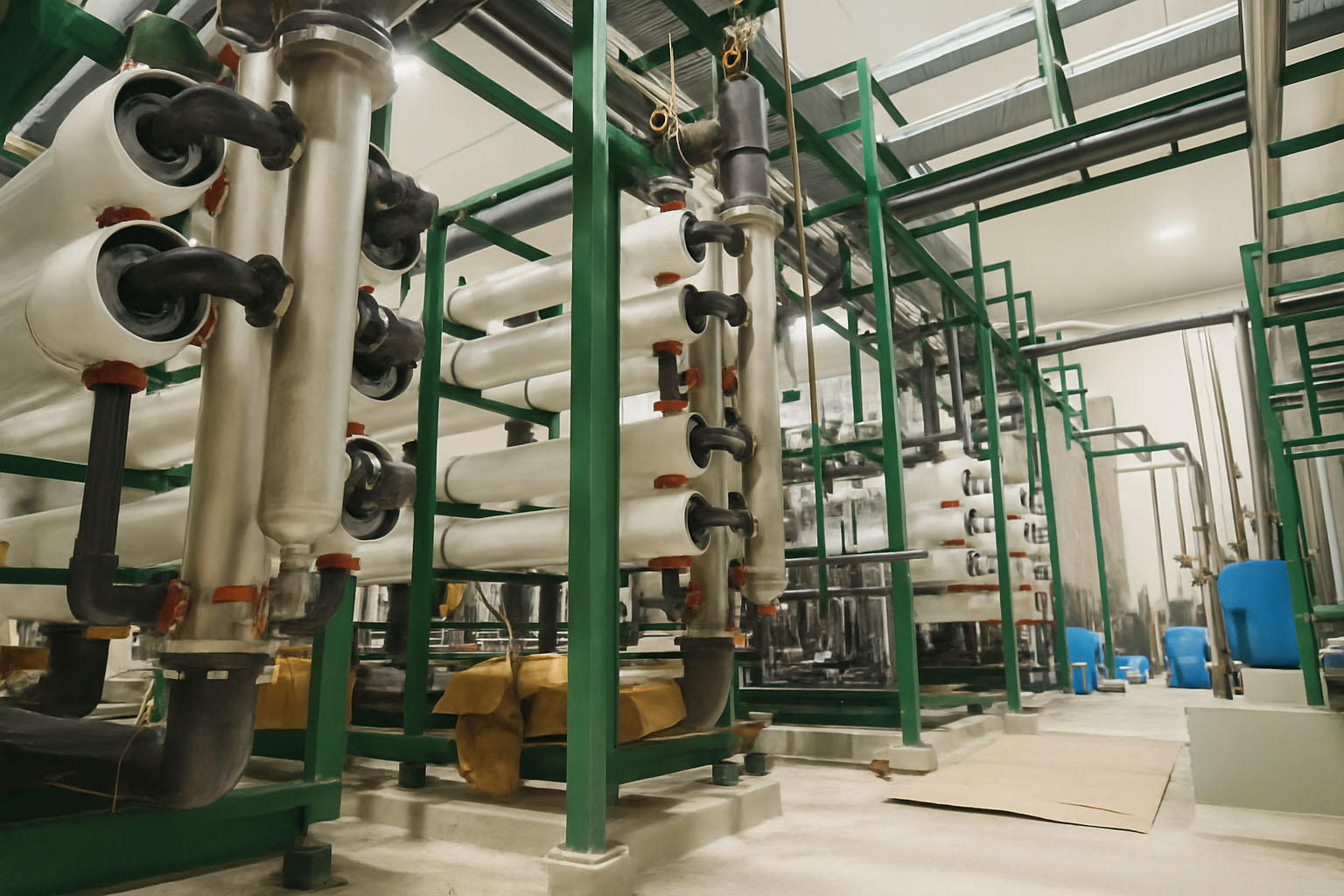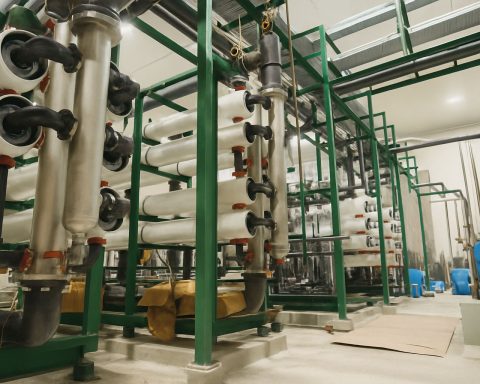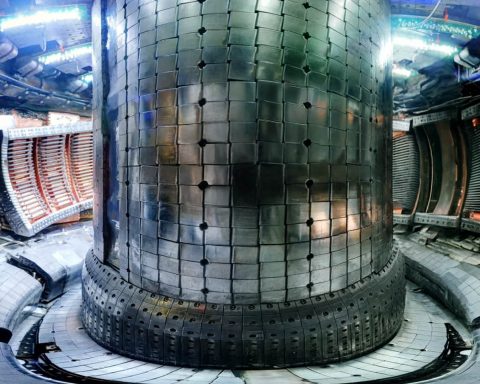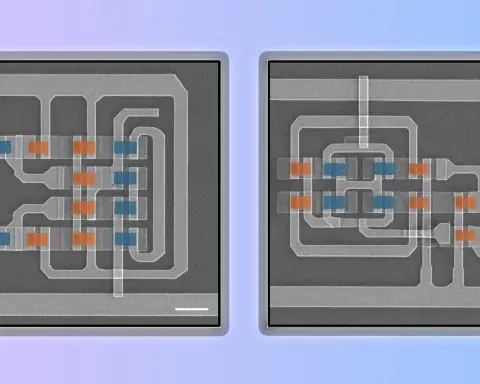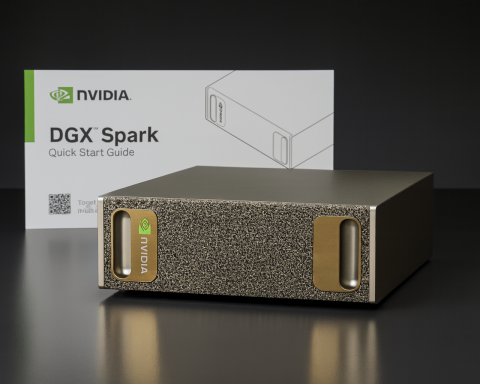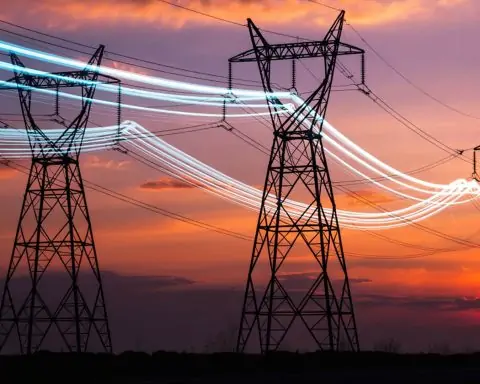- What it is. Osmotic power (a.k.a. salinity‑gradient or blue energy) converts the natural energy released when fresh water mixes with salt water into electricity using membranes and electrochemical stacks. Two mature approaches are pressure‑retarded osmosis (PRO) and reverse electrodialysis (RED); capacitive mixing (CapMix) is an emerging third. Wikipedia
- Global resource. The theoretical salinity‑gradient resource is ~1,650 TWh/year, a scale comparable to today’s nuclear generation and larger than tidal‑stream potential. Ocean Energy Europe
- Energy density. Mixing one cubic meter of river water with seawater carries a maximum of ~0.75 kWh of extractable energy (Gibbs free energy of mixing). ScienceDirect
- Why now. New nanofluidic/ion‑selective membranes report order‑of‑magnitude higher power densities than legacy materials (lab‑scale results), and researchers are actively tackling electrode and fouling losses in RED stacks. phys.ens.fr
- Recent milestones.
- 2009: Statkraft opens the world’s first PRO prototype in Norway (2–4 kW); the program was later shelved. statkraft.com
- 2014: REDstack’s 50 kW estuary pilot at the Afsluitdijk, Netherlands. dutchwatersector.com
- 2023: SaltPower and partners commission a 100 kW osmotic unit on a Danish brine field — the first of its kind using highly saline brines. nobian.com
- 2024–2025: Sweetch Energy (FR) and CNR start demonstrator operations in the Rhône delta; Japan switches on Asia’s first plant (Fukuoka), targeting ~880 MWh/year (~110 kW net). IFLScience
- Grid value. Unlike wind and solar, osmotic power is continuous and dispatchable wherever adequate freshwater and seawater (or brines) coexist — helpful as “firm” capacity to balance VRE. Ocean Energy Europe
- Main hurdles. Membranes still dominate capital cost (historically ~80% of CAPEX), while pumping losses, fouling, and electrode reactions can drag down net output. publications.jrc.ec.europa.eu
- Siting rules of thumb. At an estuary, 1 m³/s of river flow can theoretically yield ~1 MW (with equal seawater flow), underscoring why large rivers and engineered channels are prime locations. dutchwatersector.com
- Expert temperature check. Leaders in the field — Menachem Elimelech (Yale), David Vermaas (TU Delft), Bruce Logan (Penn State), Lydéric Bocquet (ENS) — have mapped the physics, performance limits and paths to scale; others, like Shihong Lin, caution that economics remain challenging unless power density and system efficiency rise further. Cell
Osmotic Power: The Next Wave of Renewable Energy
1) The physics in a sentence
When fresh water meets salt water, mixing releases free energy; osmotic power devices capture that energy as either hydraulic pressure (PRO) or ionic current (RED/CapMix). The theoretical maximum from seawater/river mixing is about 0.75 kWh per m³ of river water, a compact “head” often likened to a ~280‑meter dam — but spread across membranes instead of concrete. ScienceDirect
How the main technologies work
- Pressure‑Retarded Osmosis (PRO): Fresh water permeates through a semi‑permeable membrane into pressurized seawater/brine, raising pressure that is relaxed across a hydro‑turbine. Classic PRO pilots include Statkraft’s Norway prototype. Key constraints: membrane power density, reverse salt flux and pumping penalties. statkraft.com
- Reverse Electrodialysis (RED): Stacks of alternating cation/anion‑exchange membranes harvest voltage from the salt gradient; multistage stacks and improved electrodes elevate efficiency. The Afsluitdijk pilot demonstrated 50 kW continuous operation using IJsselmeer/Wadden Sea waters. tethys-engineering.pnnl.gov
- Capacitive mixing (CapMix): Uses electrodes that adsorb/ desorb ions as salinity switches, avoiding ion‑exchange membranes. Recent work explores capacitive recovery at stack scale. MDPI
2) What changed since the 2009–2014 first wave?
Materials leap. Nanofluidic and 2D‑material membranes (graphene derivatives, clays, MXenes, engineered nanochannels) show much higher ion selectivity and conductance, with lab‑scale power densities far beyond legacy polymer films. While some values are early‑stage, they highlight a credible route to economically relevant watts per square meter. phys.ens.fr
Stack and electrode control. Researchers are mitigating parasitic Faradaic losses and coupling stacks more intelligently, pushing RED efficiency while maintaining power density. repository.tudelft.nl
Integration with water infrastructure.
- Industrial brines: SaltPower’s 100 kW unit piggybacks on salt‑solution mining; highly saline brine boosts osmotic pressure and economics. nobian.com
- Desalination synergies: Japan’s Fukuoka plant ties osmotic generation to a desalination site, targeting ~880 MWh/year. The Guardian
- Estuary retrofits: Sweetch Energy/CNR’s Rhône demonstrator taps one of Europe’s largest river deltas; French reporting highlights 5–10 W/m² membrane outputs in lab, credited to new nano‑porous designs. Le Monde.fr
3) The state of play (2025)
- Pioneering history (PRO): Statkraft’s Norway prototype proved mechanics (2–4 kW) but halted when membranes and system losses limited net output. Reuters
- First continuous RED pilot: The 50 kW Afsluitdijk plant validated real‑world stack operation and highlighted scale‑up needs (membrane area, pumping, fouling control). Notably, 1 m³/s of river flow at that site corresponds to ~1 MW theoretical output, a useful siting benchmark. dutchwatersector.com
- Industrial brine pathway: SaltPower + Nobian (Denmark): a 100 kW unit (2023) demonstrates “blue energy” from brine, reducing solution‑mining power demand by turning osmotic pressure into electricity/hydraulic energy. nobian.com
- France’s delta push: Sweetch Energy and Compagnie Nationale du Rhône (CNR) formed a JV to commercialize osmotic stations on the Rhône; the OPUS‑1/Barcarin lock demonstrator entered testing in late 2024 with industrial partners optimizing control and automation. Demeter
- Asia’s first grid‑tied plant: Fukuoka (Japan) began operation August 2025; multiple sources report ~110 kW net and ~880 MWh/year expected production to support the local desalination facility. The Guardian
4) Expert views: what do leading voices say?
- Menachem Elimelech and collaborators established the thermodynamic ceilings and critical module‑scale constraints for PRO and RED — analyses that still define design targets. American Chemical Society Publications
- David Vermaas, Joost Veerman and co‑authors demonstrated high RED efficiencies and provided design guidance for single‑pass and multistage stacks. UT Research Info
- Bruce E. Logan’s group pioneered microbial RED and CapMix hybrids to couple salinity gradients with bioelectrochemical systems for power and hydrogen. PubMed
- Lydéric Bocquet and colleagues advocated nanofluidics‑driven membranes as the step‑change needed to move from principles to practical power densities; 2024–2025 work explores capacitive recovery pathways at stack scale. phys.ens.fr
- Shihong Lin (2024) offered a skeptical techno‑economic perspective, arguing that, at present, salinity‑gradient energy is not yet broadly competitive — a valuable counterweight underscoring the need for higher power density and lower membrane costs. Cell
5) Economics, engineering & environmental realities
- Cost structure. Historically, membranes can account for ~80% of CAPEX in both PRO and RED — the central reason the field’s fate is tethered to materials breakthroughs and scale manufacturing. publications.jrc.ec.europa.eu
- Losses to beat. Three levers dominate net output: (i) pumping energy and hydrodynamics, (ii) fouling/biofouling that increases resistance, and (iii) electrode/Faradaic losses at stack ends in RED. Targeted studies show how active control and multistaging can mitigate these penalties. publications.jrc.ec.europa.eu
- Siting & flows. Large, well‑mixed estuaries or engineered channels (locks, canals, outfalls) are essential for low‑turbidity, steady feeds and high volumetric flows; at Afsluitdijk, 1 m³/s ≈ 1 MW (theoretical) guides early‑stage scoping. dutchwatersector.com
- Environmental lens. The main by‑product is brackish water that would have mixed naturally; co‑locating at existing discharges (e.g., desalination brine or wastewater effluent) and using closed‑modules helps minimize ecological disturbance while delivering firm, local capacity. Ocean Energy Europe
6) Where osmotic power fits in the energy mix
Blue energy is location‑constrained but time‑reliable: whenever fresh and salt water meet — or wherever industry produces brine — osmotic stations can run 24/7, complementing variable wind and solar. IRENA/OEE count ocean energy (including salinity gradients) among the firm options needed for high‑renewables grids by mid‑century. Ocean Energy Europe
7) Market outlook (2025–2030): three credible pathways
- Estuary utility pilots (France, the Netherlands): Expand beyond tens to hundreds of kilowatts per module; demonstrate multi‑MW arrays with stable LCOE. (Sweetch/CNR; Afsluitdijk upgrades.) Rockwell Automation
- Industrial‑brine projects (Denmark and beyond): Use high‑salinity brines from solution mining, desalination, and chemicals to achieve higher pressure/voltage and better economics. (SaltPower/Nobian.) nobian.com
- Water‑infrastructure co‑location (Japan, wastewater coasts): Pair with desalination plants and wastewater outfalls for energy recovery and grid‑independent water services. (Fukuoka; Stanford’s wastewater energy concept.) ScienceJapan
8) What to watch
- Membrane cost curves and durability under fouling.
- Stack architectures that maintain RED power density while curbing Faradaic and spacer fouling losses. repository.tudelft.nl
- Transparent LCOE reporting from the Rhône and Fukuoka pilots, and from brine‑based sites. Rockwell Automation
- Standards & permitting for brackish discharge and co‑location with locks, levees and treatment plants — to speed replication on existing footprints. Ocean Energy Europe
Frequently asked questions
How big could osmotic power get?
Globally, the salinity‑gradient technical potential is estimated at ~1,650 TWh/yr; actual realizable capacity depends on siting, flows, and environmental constraints. Ocean energy in total (wave, tidal, OTEC, salinity gradient) could reach hundreds of gigawatts by 2050 in IRENA scenarios. Ocean Energy Europe
Is it “baseload”?
At qualified sites, yes — osmotic stations provide continuous, dispatchable output with high capacity factors, making them natural complements to wind/solar in coastal grids. Ocean Energy Europe
What do experts disagree on?
Whether current power densities and membrane costs can deliver competitive LCOE without niche conditions. A 2024 analysis argues salinity‑gradient energy is not yet broadly competitive, even as new materials rapidly improve lab metrics. Both views can be true at once. Cell
Citations (selected)
- Resource & system role: IRENA/Ocean Energy Europe, Scaling up investment in ocean energy technologies (2023), incl. 1,650 TWh/yr salinity‑gradient potential and “firm capacity” benefits. Ocean Energy Europe
- Physics & limits: Lin, Joule (2024) on 0.75 kWh/m³; Yip & Elimelech group on PRO/RED thermodynamics. tethys-engineering
- Pioneering demos: Statkraft 2009 PRO plant; program shelved (2013). statkraft.com
- First continuous RED pilot: 50 kW Afsluitdijk (2014) and 1 m³/s ≈ 1 MW heuristic. dutchwatersector.com
- Industrial brine pathway: SaltPower–Nobian 100 kW (2023). nobian.com
- France (Rhône) pilot: Sweetch/CNR JV, control partnership with Rockwell; 5–10 W/m² lab outputs reported. Demeter
- Japan (Fukuoka) plant: launch Aug 2025, ~880 MWh/yr. ScienceJapan
- Membrane economics: JRC Ocean Energy Status Report (2014): membranes ≈ 80% of CAPEX; technical challenges summarized. publications.jrc.ec.europa.eu
- Stack/electrode advances: Oh et al., EST (2021) on controlling Faradaic reactions in RED. repository.tudelft.nl
- CapMix & microbial hybrids: Logan group (2011–2012) on MRC and hydrogen production with RED stacks. PubMed
Bottom line
Osmotic power is simple in principle but exacting in practice: the physics are generous, the engineering is subtle. Thanks to better membranes, smarter stacks, and savvy siting (estuaries, brines, and water plants), 2025 is the first year we can point to multiple grid‑relevant pilot stations on different continents. The next two to three years will show whether materials gains and system design translate into bankable megawatts. If they do, blue energy won’t replace wind or solar — it will steady them. Ocean Energy Europe
If you’d like, I can turn this into a briefing deck with a build‑out roadmap (sites, partners, membranes, capex ranges) tailored to a specific region.
